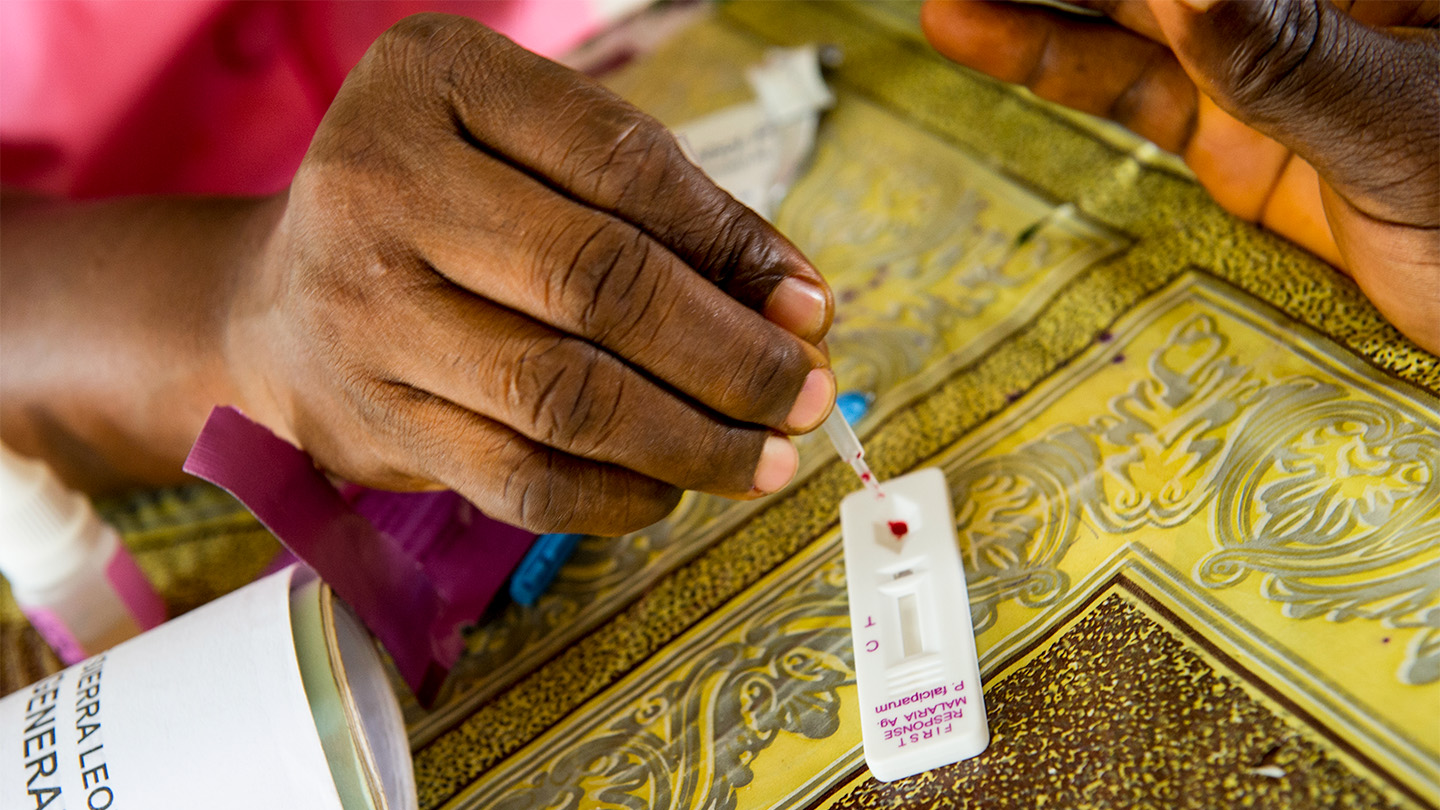Putting the heat to Helios — Science News, July 6, 1974
Helios, a space probe scheduled to go closer to the sun than any other manmade object ever launched, has successfully survived a ground test that exposed it to temperatures believed to be as high as any it will face during its mission…. During the test, parts of the spacecraft reached — and survived — temperatures up to 700 degrees F. Helios, to be launched in [December], will pass within 28 million miles of the sun.
Update
The Helios mission’s study of the sun provided key insights into the solar wind, the sun’s magnetic field, galactic rays and more (SN: 12/21/74). Its success helped pave the way for NASA’s Parker Solar Probe, which has been observing our star’s outer atmosphere, or corona, since 2018. Parker has dipped within 5 million miles of the sun’s surface and will eventually swing within 4 million miles. Such encounters have pinpointed a layer that separates the corona from interstellar space and found evidence that snappy magnetic field lines may accelerate the solar wind (SN: 12/15/21; SN: 06/09/23). The probe will next encounter the sun in September.
Source link
Author: Space and Astronomy News
Maybe later




